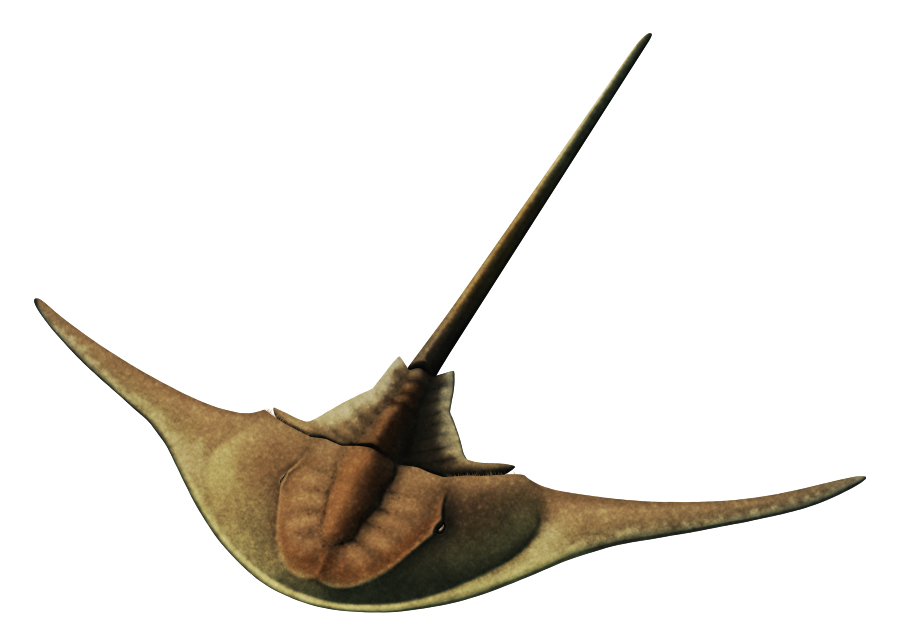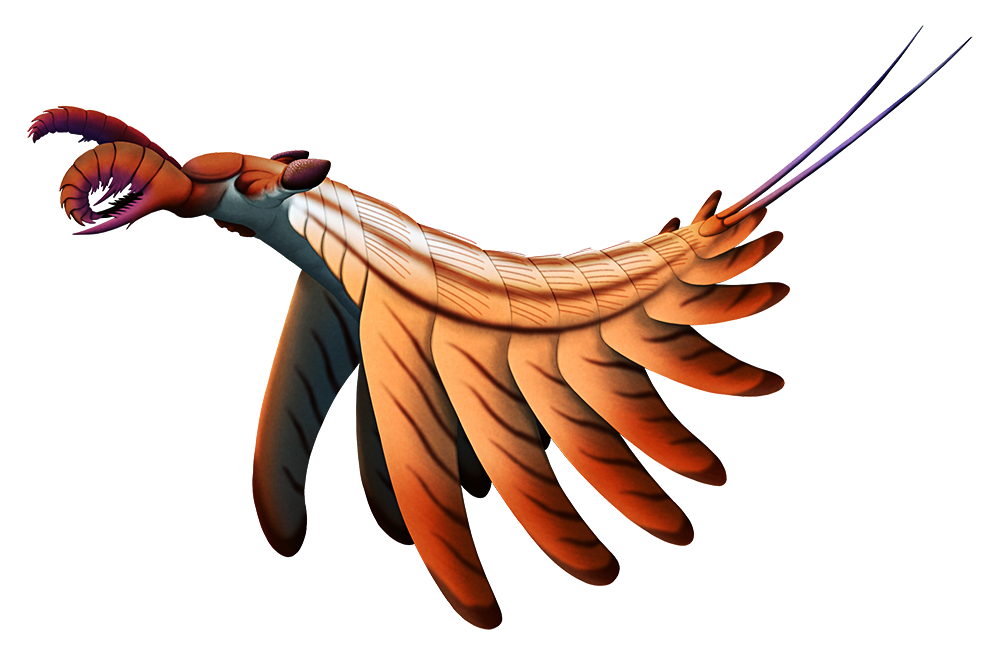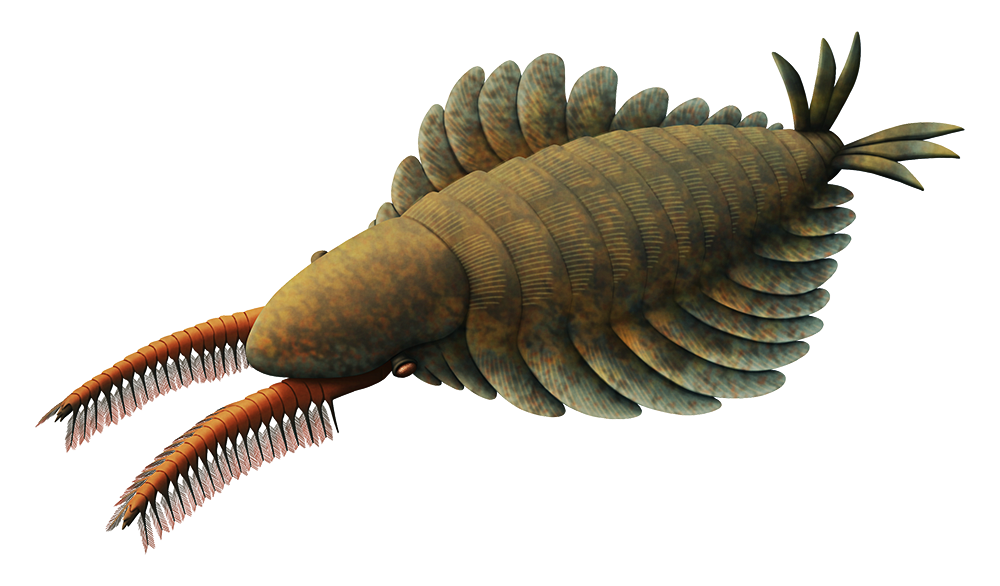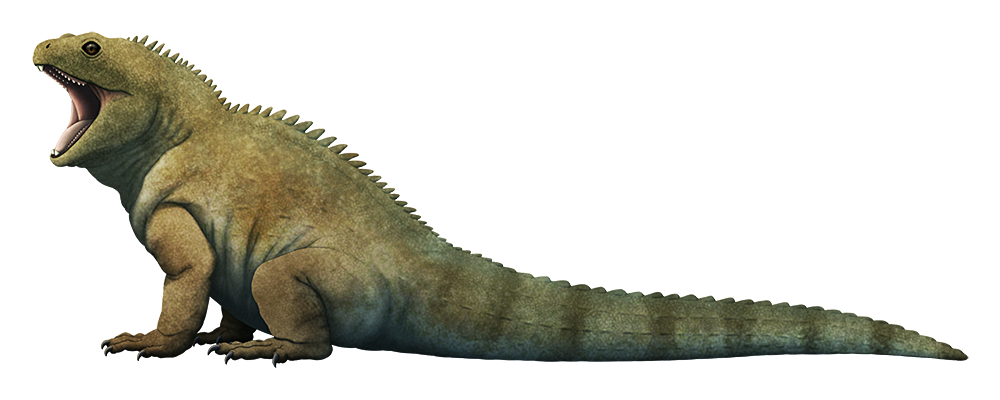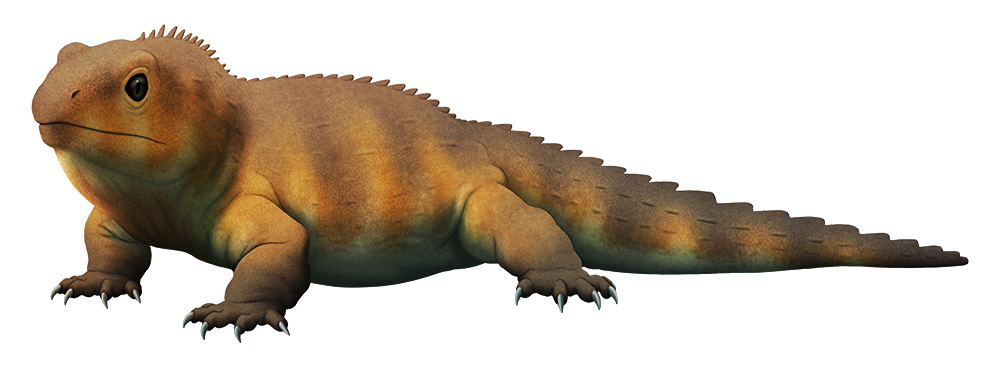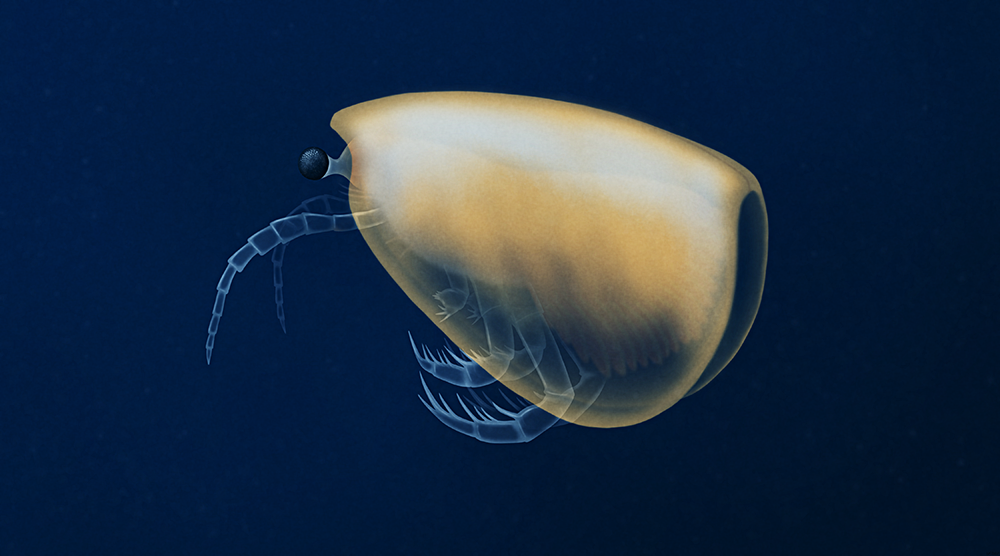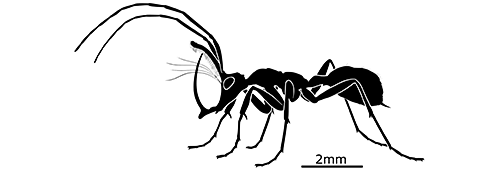Now, at just over halfway through the month, we’ve finally reached the proper euarthropods!
One of the major branches of this group are the chelicerates, which include modern horseshoe crabs, arachnids, and (probably) sea spiders, and a few extinct groups like the sea scorpions. Characterized by having chelicerae mouthparts, they’re a very diverse and successful group of animals, with spider and mite species being especially numerous.
Their lineage is estimated to have diverged from other euarthropods around the start of the Cambrian 540 million years ago, and along with their ancient stem-chelicerate relatives they make up a slightly larger grouping known as panchelicerates. Sometimes these are also combined even further with trilobites and their close relatives to make up the arachnomorphs.
Sea spiders are usually classified as the earliest branch of the chelicerates, but they’ve also been suggested to possibly be a completely separate lineage of the very earliest-diverging euarthropods instead. Late Cambrian microfossils of what may be sea spider larvae have been found in the Swedish Orsten Lagerstätte (~497 million years ago), and if they are actually sea spiders (and sea spiders are actually chelicerates) then these would represent the earliest known true chelicerates in the fossil record.
But the earliest known panchelicerates come from slightly earlier in the Cambrian.
Continue reading “Cambrian Explosion #48: Panchelicerata”
